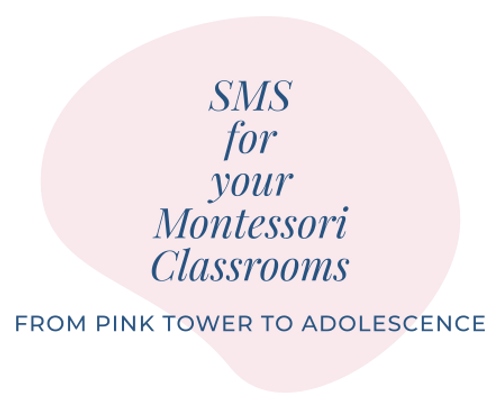When There Was No Room: A Story of Seizures, Struggle, and Finding Montessori
- Anne Slamkowski
- Jun 12
- 4 min read

Sometimes life changes in an instant.
The day after Thanksgiving, just days before our daughter Katie’s first birthday, we were settling in for the night at my mom’s house. Katie had a fever and a lingering cough. My husband Pete rocked her to sleep, as he had done countless nights before. But sometime in the early morning hours, Pete woke me—his voice filled with panic: “Something is wrong, Anne.”
Katie was seizing. Her tiny body trembled uncontrollably as we called 911 and waited for help. Forty-five minutes. That’s how long the seizure lasted before the ambulance arrived. That morning, we came face-to-face with the terrifying fragility of life. And with the terrifying truth: we weren’t in control.
That moment was the beginning of a new chapter. One filled with neurologists, uncertainty, behavioral struggles, and hard decisions. Katie's journey through childhood would never follow a typical path, and neither would ours as parents. Over the years, we sought help for her ADHD, anxiety, behavioral needs, and medical issues. But what we often found—again and again—were closed doors. Traditional school systems didn’t have the flexibility or understanding to meet Katie where she was. When a child’s needs didn’t fit the system, the system had no room.
And then we found Montessori.
Katie entered her Montessori classroom halfway through her first-grade year, and immediately, things began to change. It was amazing to witness, especially considering the powerful seizure medication she was still taking, that she began to grow curious about learning. For the first time in a long time, she wanted to go to school. The daily homework battles vanished. Our home life calmed. Her Montessori guides recognized that learning isn’t only about academics—it’s about the whole child. They spent intentional time helping Katie build her social-emotional skills and learn how to communicate more effectively with her peers.
Montessori didn’t ask Katie to become someone she wasn’t. It made space for who she was. Her guides didn’t panic on her hard days. They observed. They adapted. They supported without shame. Katie wasn’t seen as a problem—she was seen as a child with gifts, needs, and potential.
Katie remained in Montessori through the end of fifth grade, until we made the difficult decision to enroll her in an intensive reading program. Her seizures had significantly impacted her vocabulary development and reading fluency, and she was falling two to three years behind. Shortly afterward, our family relocated from Indianapolis to Cincinnati, just as I completed my own Montessori secondary training. Remarkably, Katie was able to return to Montessori at a small private Montessori program in Mason, Ohio.
In eighth grade, she underwent the first of three brain surgeries. The last surgery, in 2019, brought life-changing news: Katie was finally seizure-free.
What emerged after that final surgery was a new version of Katie—a joyful, engaged learner. She re-entered high school and ultimately graduated as salutatorian of her class, delivering a powerful, moving graduation speech. Today, Katie is a biochemistry major at Berry College in Rome, Georgia—a campus founded by Martha Berry on the belief that students must learn with their hands, heart, and mind. Sound familiar?
Montessori didn’t just change Katie’s life. It changed mine too.
Because of what we experienced as a family, I pursued and completed my Montessori secondary credential. That path led me to where I am today—a Montessori educator and teacher trainer, guiding others across the country who want to bring this philosophy to life in their own classrooms. What began as a desperate search for a better way to support my daughter turned into a lifelong calling to support adolescents and the adults who guide them.
I used to fear labels and diagnoses—what they meant, how others would perceive my daughter. However, over time, I came to see the beauty in claiming our story. When I began sharing Katie’s journey publicly, I met dozens of other families just like mine. Families managing ADHD, anxiety, seizures, autism, sensory needs—families who were exhausted by systems that didn’t make room. And what I learned was this: when we share our story, we create space for others to breathe, too.
Montessori education didn’t solve all our challenges. But it did something better. It reminded us that education is not about control—it’s about trust. It’s not about fixing a child—it’s about understanding them. And it’s not about conformity—it’s about becoming.
If you are a parent or educator who has ever felt like there was “no room” for a child you love, please know this: you’re not alone. There are places that see differently, teach differently, and lead with compassion. We found one. And through it, we found a more profound sense of peace and joy, not because the struggle disappeared, but because the environment stopped resisting it.
That, to me, is what true inclusion looks like: not a program, not a policy, but an environment—and a philosophy—that says: you belong here. We’ll make room.




Comments